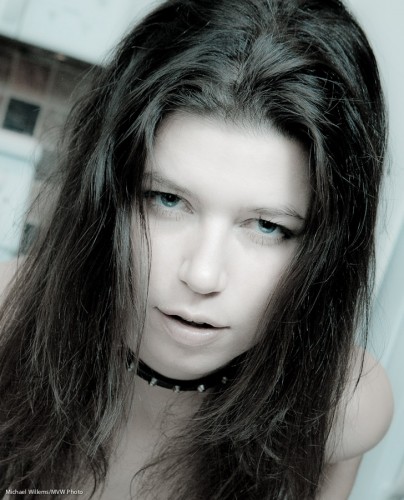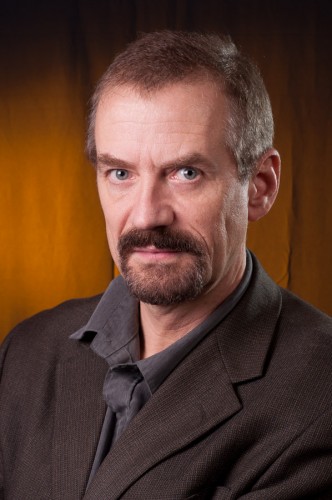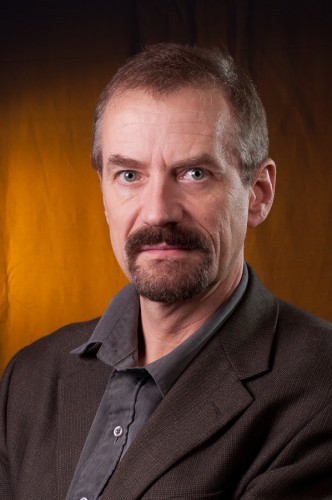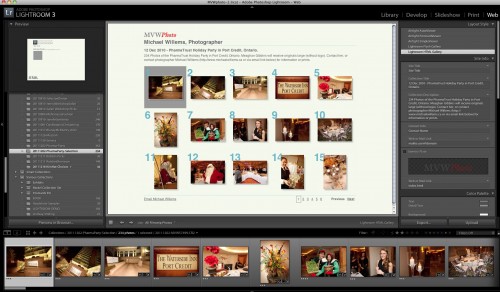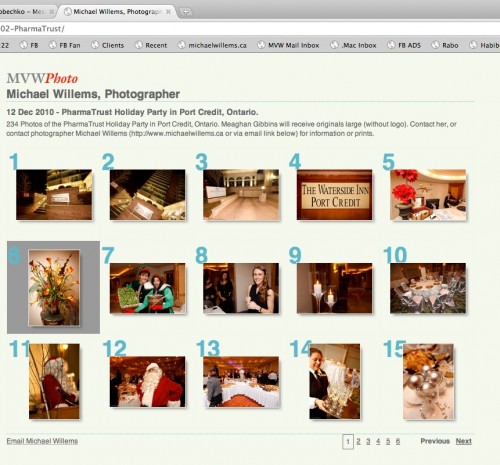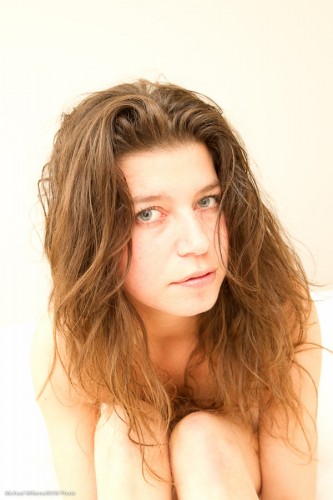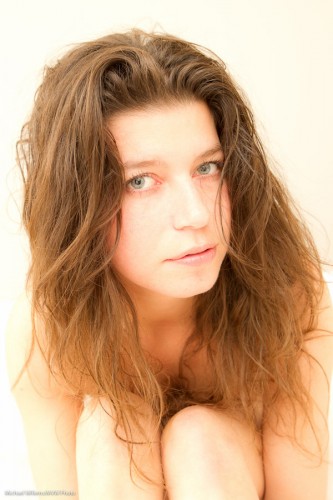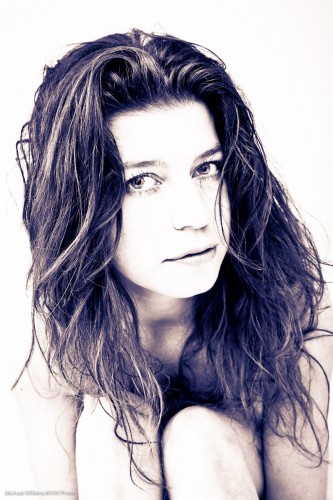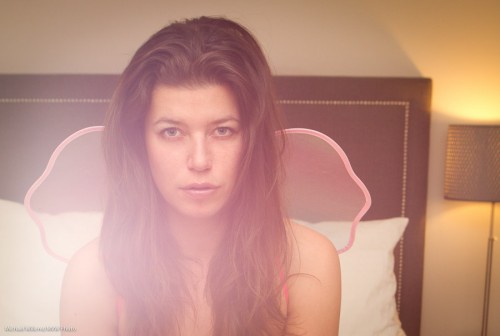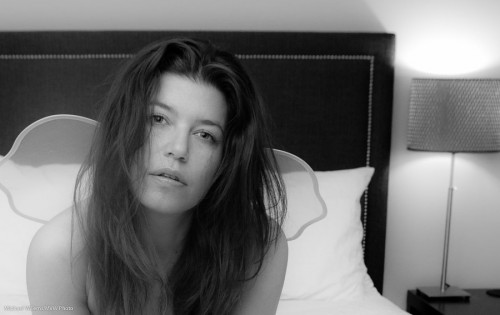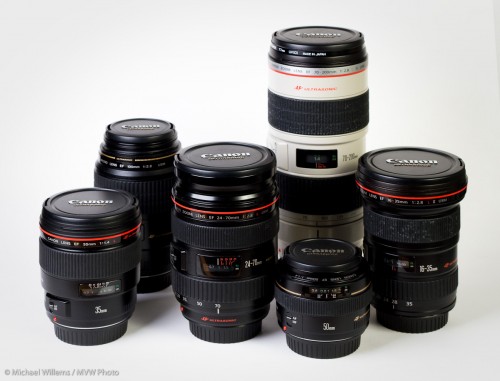A word about a very important aspect of people photography: angle.
When I make a portrait, one of my main tasks is to find the right angle. People have flattering angles, and less flattering angles. Angles that make them larger and angles that make them ssmaller. Angles that make them friendly, and angles that make them intimidating. My job is to find the very best angles.
Like this angle, in a shoot a few days ago of model Kim:
And look at me, photographed on Wednesday by David Forster. Less beautiful, of course… but that makes it more of a challenge. First a neutral angle:
Now, an angle from above, with the camera tilted a little:
See how different that looks? I like it much better – I look better when seen from a slightly higher viewpoint, it appears.
And finally, the first one of those two, but now tilted a little to the left in post-production:
Much better than the first one, no? Not like the second one, but better than the first one.
A little angle adjustment can make a huge difference and cause a huge improvement in your images. So – experiment with viewpoint, with person angle, and with camera angle.

